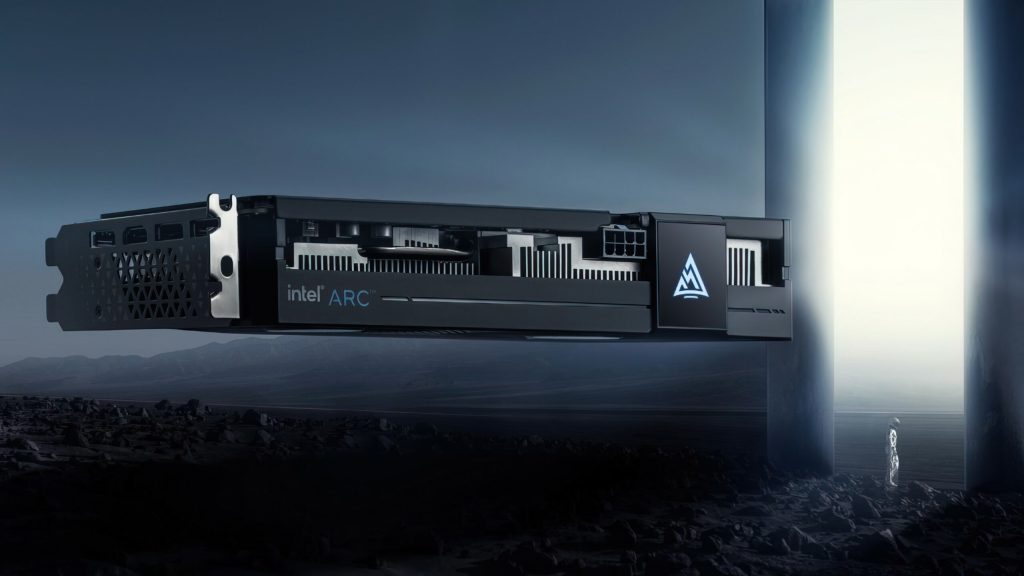
Intel Arc A380 discrete graphics card finally launched in China The exact time frame we expected And while there is a couple Initial Reviews Posted, we didn’t see a more comprehensive overview but decided to reach out to some of our Chinese colleagues. We have obtained the official data provided for the A380 GPU; Which tells the story of Intel’s first true discrete graphics card with a lot of potential.
Intel A380 GPU Verdict: Swap a hit with the GTX 1650 & RX 6400 right now but will age like FineWine™ (important)
Let’s start with the specifications first.
The Intel Arc A380 graphics card is built on the TSMC N6 process and is the company’s first discrete graphics card. The actual Chinese MSRP for the GPU is 880 Yuan but after VAT (17%) it comes to approximately 1030 Yuan. However – we expect the US MSRP to be closer to post-VAT pricing in yuan rather than pre-VAT pricing. It has 1024 FP32 cores (each Xe core contains 128 FP32 cores) and 6GB of GDDR6 memory clocked at 16Gbps. Coupled with a 96-bit bus width, this results in a bandwidth of 192 GB/s — more than enough for a card of its class. The GPU’s TBP can be configured between 75W to 87W with a correspondingly configurable clock speed between 2GHz to 2.35GHz.
Interestingly, Intel allows an “exceed 87W” option as well – which is probably what the dedicated GPUs I’ve seen so far use to reach clock speeds above 2.35GHz. Thus, the Intel Arc A380 GPU is a 4 TFLOP to 4.8 TFLOP GPU which paired with AI overclocking technology like XeSS – should be enough for the entry-level 1080p gaming segment. Before we go any further, here is the complete Intel Arc A380 block diagram:
Now let’s get to the juicy part. We have already seen the benchmarks of 6 games previously leaked and we can add at least 20 more titles to that arena. With benchmarks, more is always better and 32 is roughly agreed to be the point at which your data starts to get statistically significant. However, we were very impressed with how transparent Intel is in its official guide (as you’ll see below). First, let’s look at the test configuration:
All tests were performed in official benchmarks using an Intel Core i5 12600k with 32GB of 3200MHz DDR4 RAM, Windows 11, and a 4TB NVME SSD. Only the GPUs i.e. GTX 1650, RX 6400 and Intel Arc A380 have been swapped between them. The test took place about a month ago, so it is worth noting that during this time the driver’s performance will almost certainly rise:
As we can see, the Intel Arc A380 trades with the AMD RX 6400 and (sometimes less) with the NVIDIA GTX 1650. It already beats the RX 6400 in Total War: Troy, Naraka Bladepoint, The Witcher 3 and F1 2021. Consider these are the official documentation It’s really cool that Intel didn’t make a one-sided story about the upcoming GPU. Here, too, the story gets really interesting. FineWine™ is a term familiar to AMD enthusiasts and readers of this site and was a popular term to describe the continued post-launch driver development of AMD in the cash-strapped and underpowered days.
The Intel Arc A380 up to the RX 6500 XT absolutely crushes in its enhanced synthetic workloads
What we see here, similarly, is very much a FineWine™ script. Let me expand on: The Intel Arc A380 absolutely crushes the GTX 1650 and RX 6400 in 3DMark’s TimeSpy benchmark and even beats the RX 6500 XT. It is very clear that the hardware capabilities are there and only the software is not there. Obviously the development team should have engines optimized for this modular standard – and show the true hardware-secured potential. The thing to remember is that both NVIDIA and AMD spent decades improving the operating code for their GPUs while Intel only started building discrete GPUs a few years ago (let’s not get into the Larabee discussion).
Based on what we see in the 3DMark Timespy, the Intel Arc A380 (depending on its US price) could be an absolute bargain for gamers. The onus is largely on Intel to continue developing its drivers and delivering the performance capabilities we see here. After all, at the end of the day, all that matters is whether Intel can deliver the performance bid for every dollar.
Once again, computational workloads have become a mixed bag when it comes to the Intel Arc A380. It easily beats both the GTX 1650 and RX 6400 in HandBrake and is slightly worse than the GTX 1650 in DaVinci Resolve.
It is even possible that gamers in North America and the European Union will see an improvement in performance when Arc discrete GPUs are released in non-Chinese regions. Depending on how quickly Intel improves its driver combinations for different games and how it rates the Arc GPUs ($131 would be a steal for the A380 but I suspect we’ll see the MSRP closer to $150 when it launches in the US) – even $150 could be A potential win considering it has the hardware to be right behind the NVIDIA RTX 3050 – an MSRP of $249. Intel XeSS will be the cherry on top of the cake.

“Certified food guru. Internet maven. Bacon junkie. Tv enthusiast. Avid writer. Gamer. Beeraholic.”


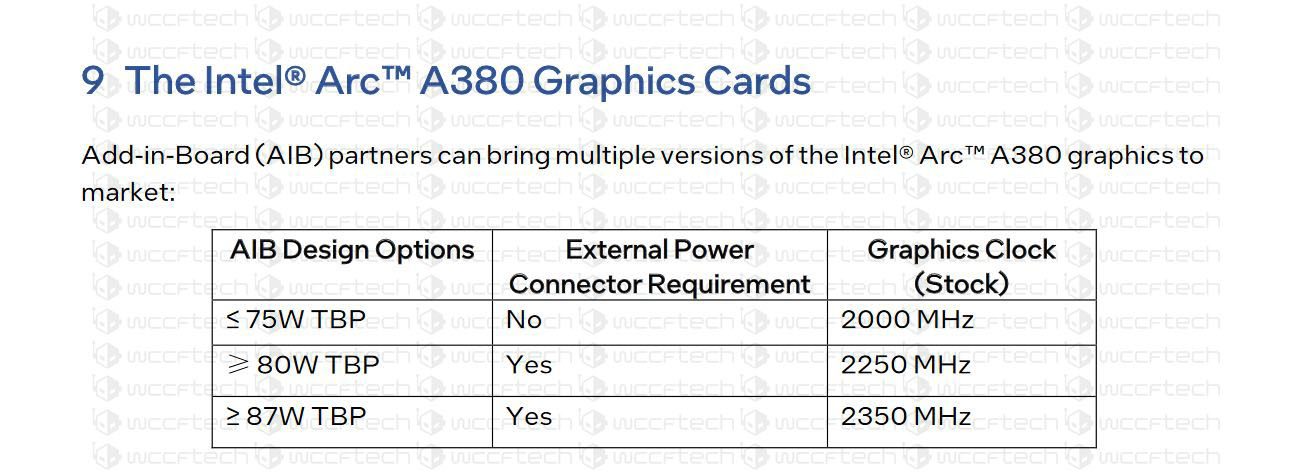
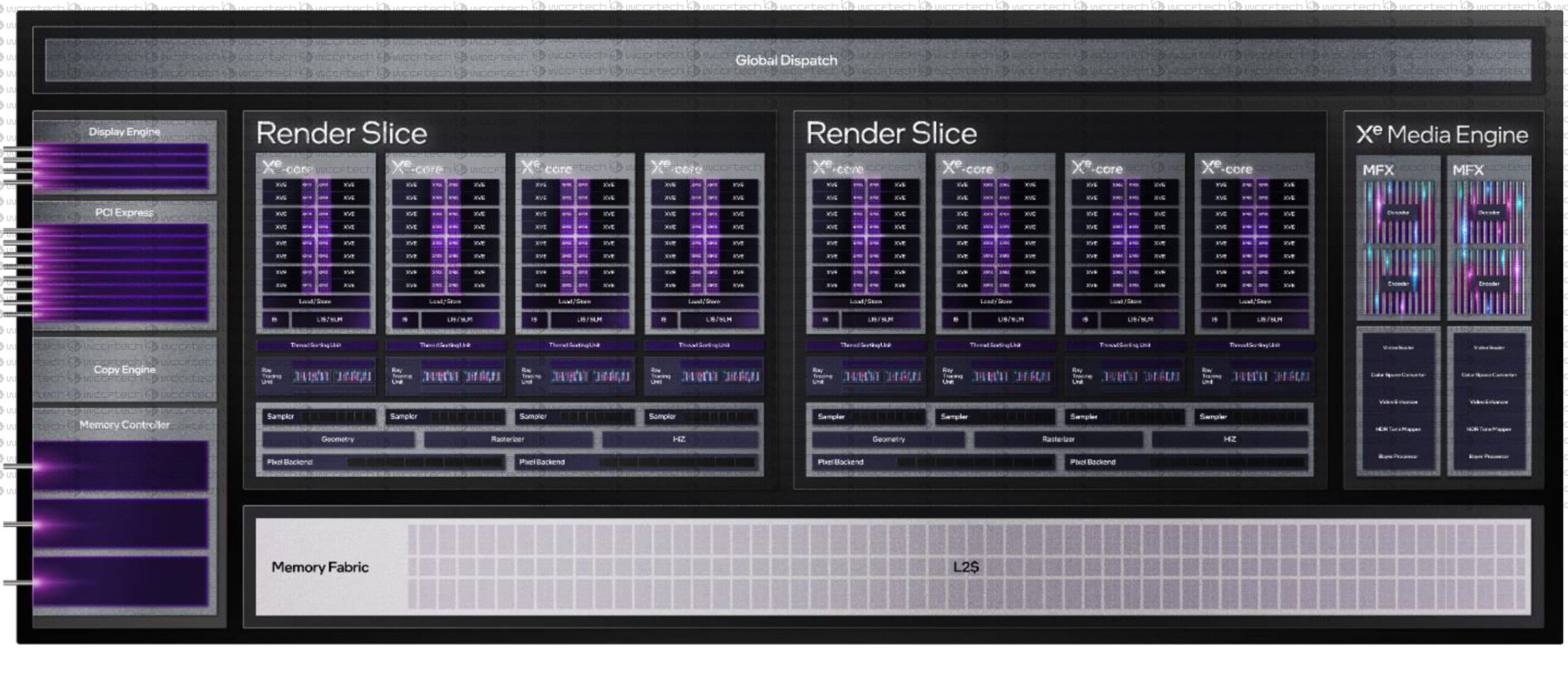
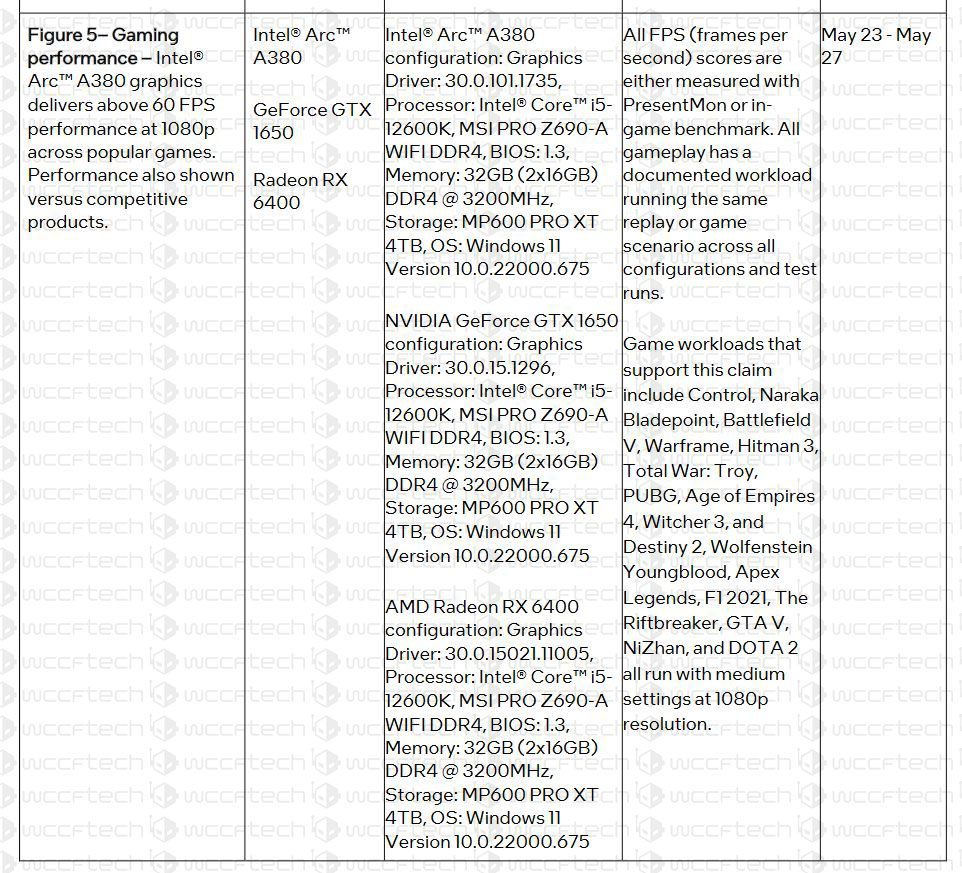
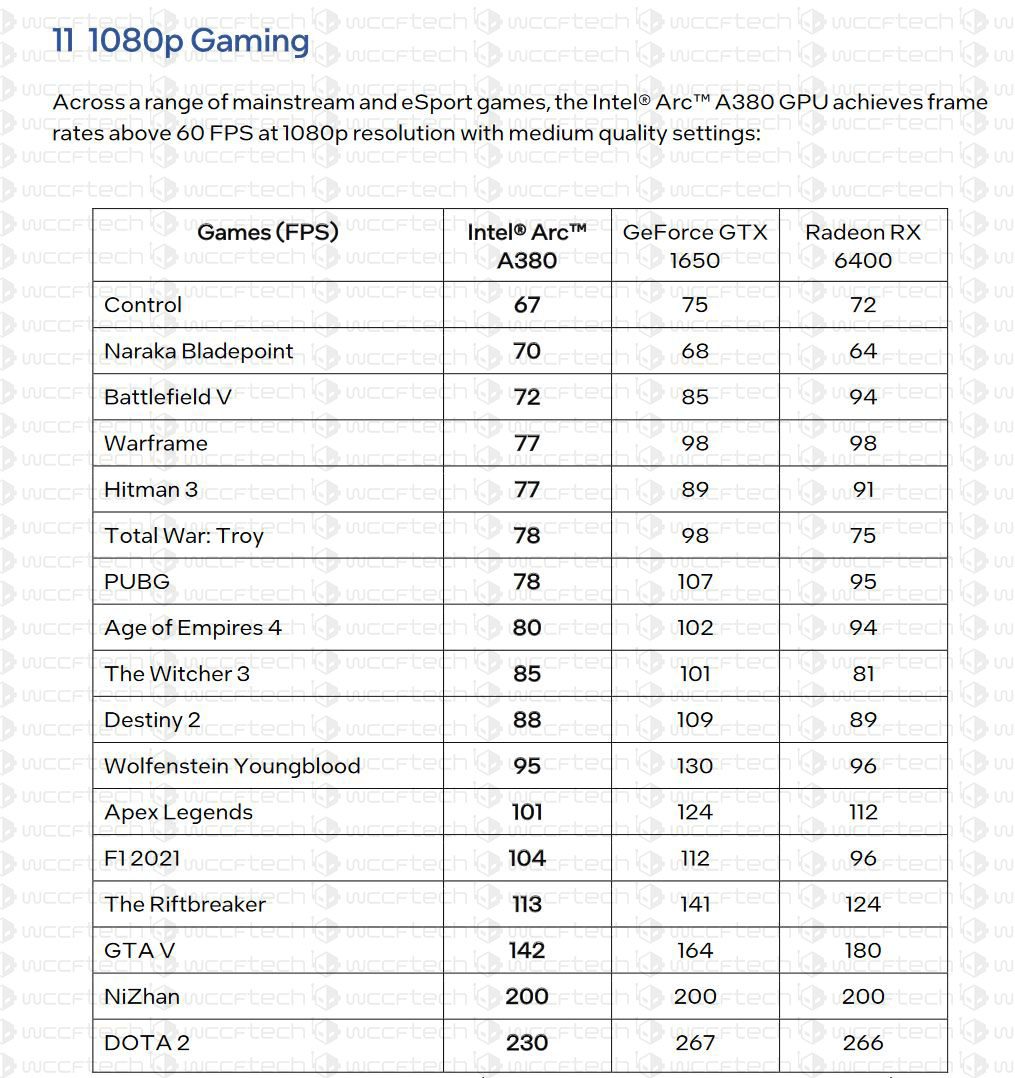
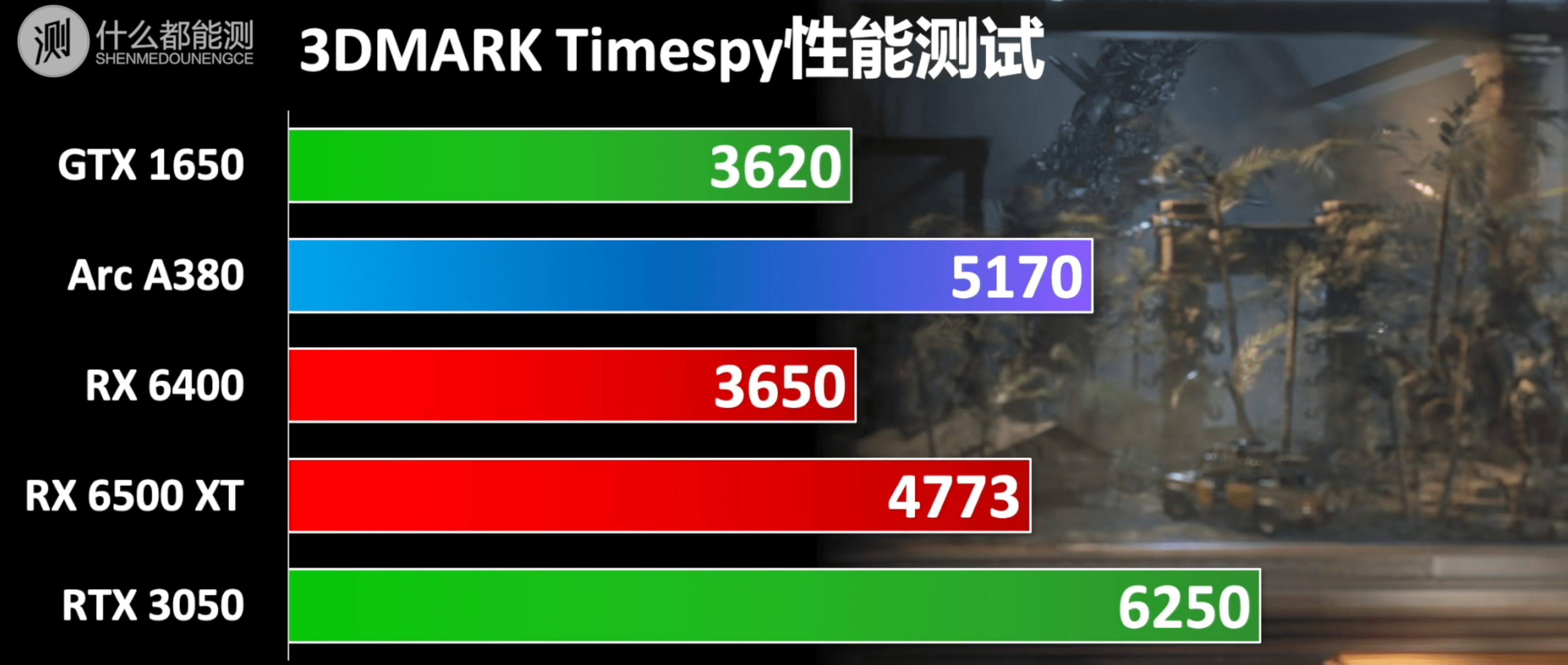
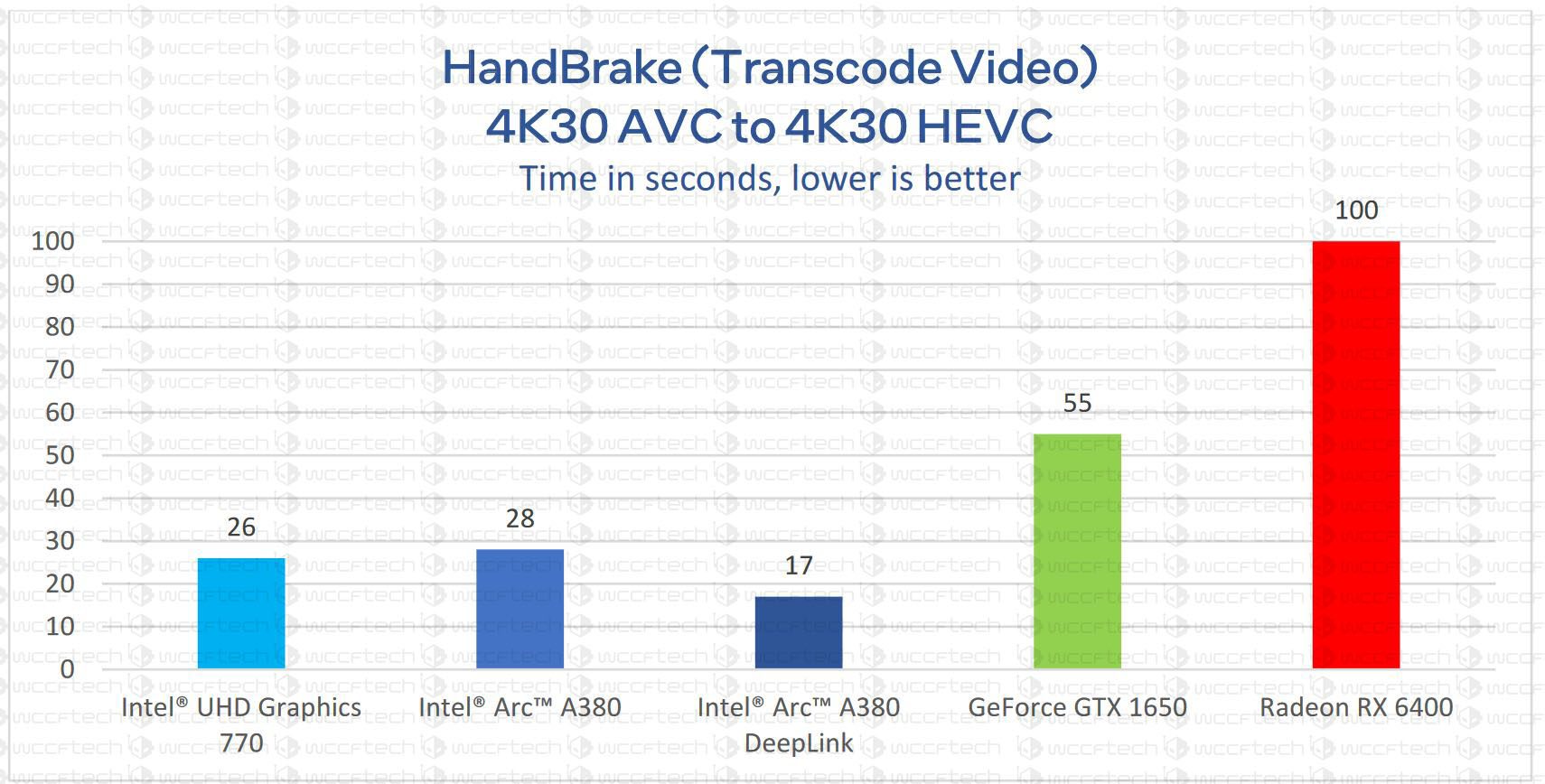
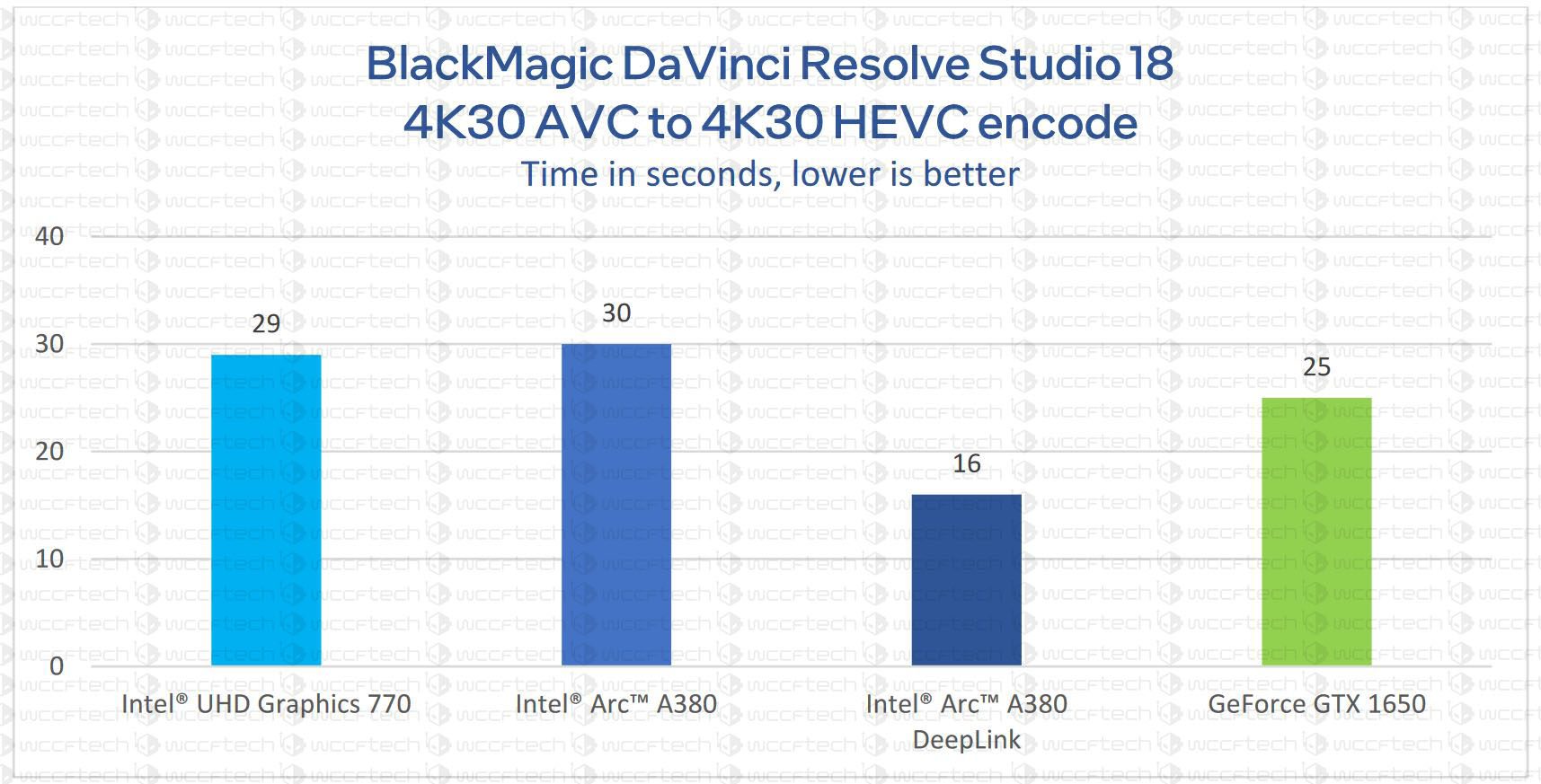
/cloudfront-us-east-1.images.arcpublishing.com/artear/MKYWSAZMBFFYXLD2SHM4MIXXMA.png)


More Stories
Sony shuts down LittleBigPlanet 3 and Nuking Fan Creations servers
PlayStation, GameCube, Wii, and SEGA Emulator for iPhone and Apple TV are coming to the App Store
Razer's Kishi Ultra Gaming Controller brings touch to your USB-C phone, PC or tablet